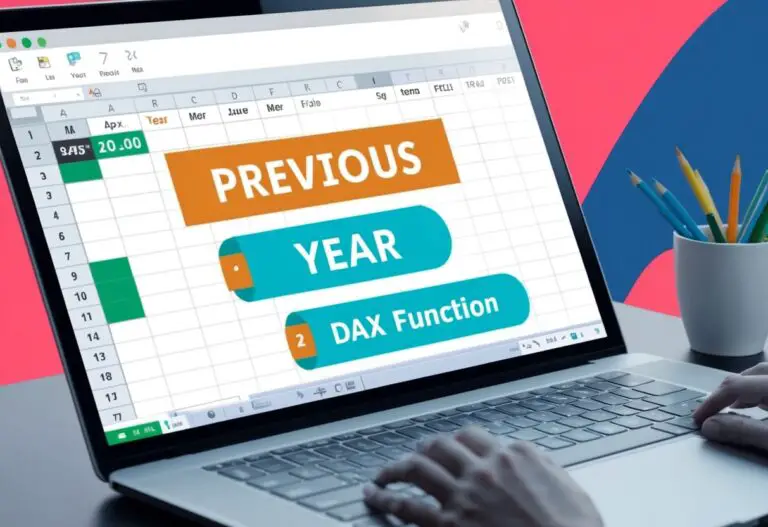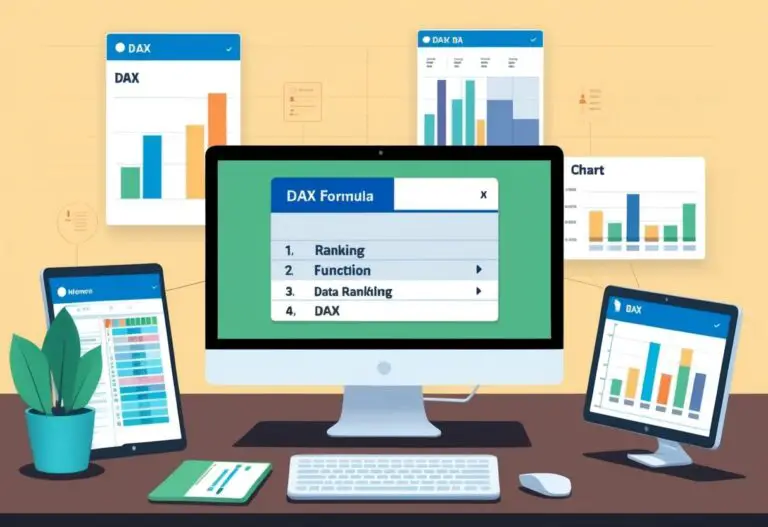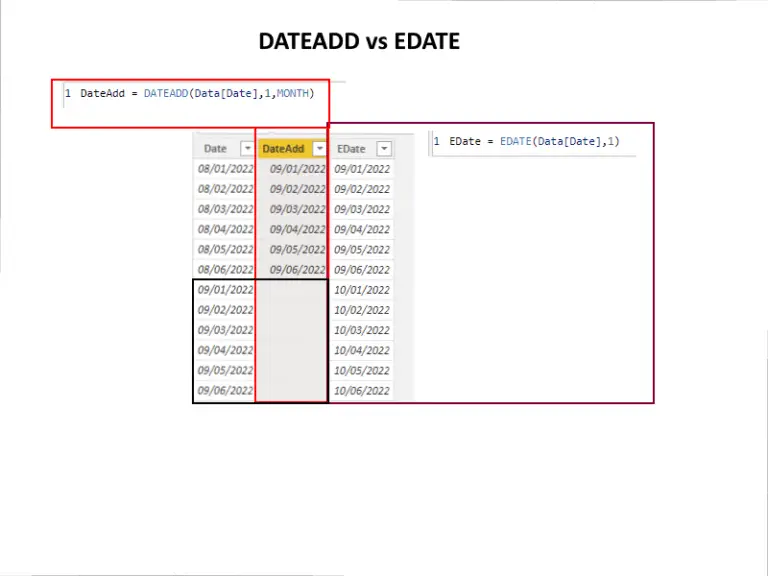How to Create Dynamic Measures in Power BI Using Slicers?
When creating dashboards in Power BI, one of the most powerful features you can leverage is dynamic measures. This functionality enhances interactivity, allowing end-users to select what data metrics to display. Whether you are new to Power BI or looking to refine your skills, this guide will help you understand how to implement dynamic measures using slicers.
What are Dynamic Measures?
Dynamic measures are calculations that change based on user interaction within a Power BI report. Typically, these measures adjust according to the selections made using slicers, which are visual tools that allow users to filter the data they are interested in.
Why Use Dynamic Measures?
Dynamic measures can make your reports more interactive and user-friendly. They allow users to choose what data they want to see, whether it’s sales totals, profits, or quantities sold, all from a single visualization.
Example: Sales Data Dashboard
To illustrate, let’s consider a simple example of a sales dataset with the following columns: Sales Amount, Profit, and Quantity Sold.
Step 1: Create Your Sales Data
Here’s a snapshot of our test data:
| Sales Amount | Profit | Quantity Sold | |
|---|---|---|---|
| 0 | 200 | 20 | 10 |
| 1 | 150 | 15 | 8 |
| 2 | 300 | 30 | 12 |
| 3 | 250 | 25 | 10 |
| 4 | 400 | 40 | 20 |
Step 2: Set Up the Measure Table
First, we create a supporting table for the slicer which will hold the names of the metrics that users can select:
Measure Table = DATATABLE("Measure Name", STRING, {("Sales"), ("Profit"), ("Quantity")})
Step 3: Create the Dynamic Measure
Using DAX, we craft a measure that updates based on the slicer’s selection:
Selected Measure =
VAR SelectedValue = SELECTEDVALUE('Measure Table'[Measure Name], "Sales")
RETURN
SWITCH(
SelectedValue,
"Sales", SUM('SalesData'[Sales Amount]),
"Profit", SUM('SalesData'[Profit]),
"Quantity", SUM('SalesData'[Quantity Sold]),
SUM('SalesData'[Sales Amount]) // Default case
)
Measure for the Selected Measure Name
In your Power BI report, follow these steps to create a new measure that dynamically displays the name of the selected measure:
- Create a New Measure:
- Go to the “Modeling” tab.
- Click on “New Measure”.
- Write the DAX for the Measure:
- Use the
SELECTEDVALUEfunction to return the selected measure name. This function returns the value currently selected in a column, provided by the slicer.
- Use the
Selected Measure Name = SELECTEDVALUE('Measure Table'[Measure Name], "Select a Measure")
Interacting with Your Dashboard
As users select different options from the slicer (Sales, Profit, Quantity), the card dynamically updates to display the sum of the selected measure. This setup not only saves space on your report but also provides a more streamlined, focused user experience.
Conclusion
Dynamic measures offer a robust way to enhance the interactivity of your Power BI reports. By allowing users to control what data they view, you cater to varied analytical needs and preferences, making your reports more versatile and user-centric.
Now, when you use the slicer to select a measure, one card will show the value of the selected measure, and the other card will display the name of the measure. This setup enhances the report’s usability by making it clear to the user not just what the current value is, but also what that value represents.
This method of dynamically displaying both the measure value and measure name significantly improves the interactivity and clarity of your Power BI dashboards, making them more user-friendly and informative.







